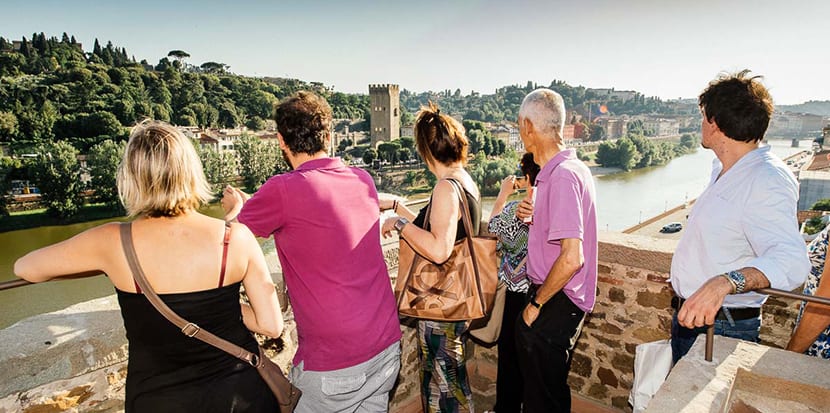
Florence It is one of the most touristic cities in Italy and you cannot miss it on a trip, but the truth is that a single visit will not be enough. If you cannot stay a week then yes or yes you should return because there is a lot in this city that is considered «an open-air museum«.
Some towers are hidden among the churches, palaces and museums that give us new views of this ancient city and that is why I recommend that you visit them. They don't open their doors all year round, so the best time to get to know them is now, when summer burns in Italy. Let's see what these are fantastic lookout towers of Florence.
The Tower of San Niccolò
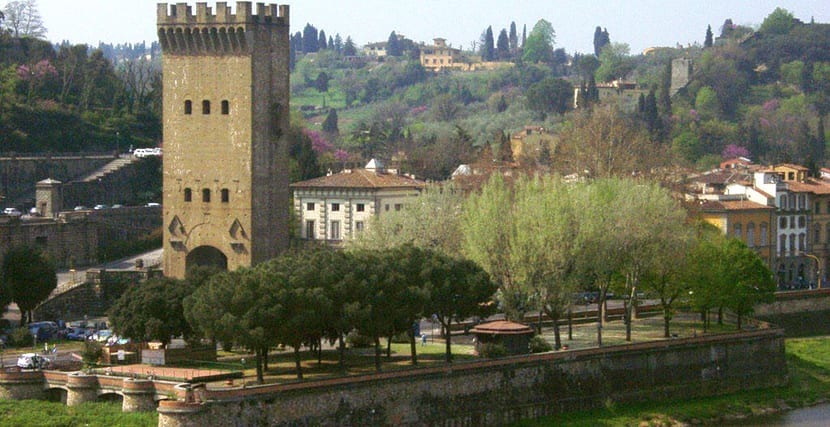
This it is the only tower in Florence that has not been "trimmed", that is, lowering in height. The others, at some point in history, have undergone this kind of mutilation. Tower is located in Piazza Poggi y was built in 1324 with the idea of defending the Oltrarno district, so it was part of the defensive walls. Today it is a lonely structure.
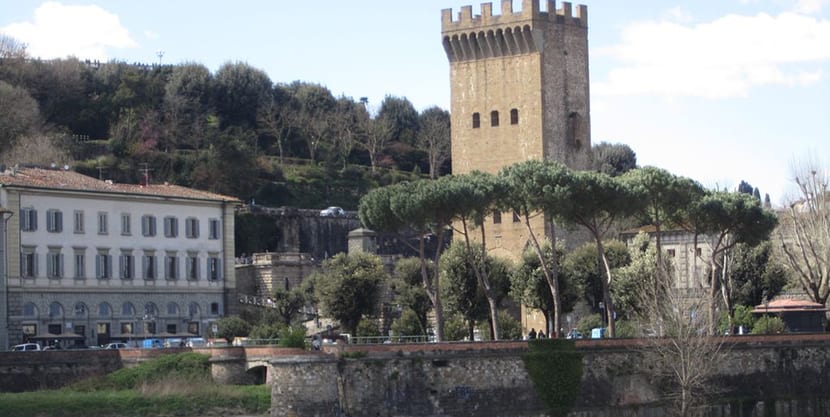
It was designed based on the drawings of Arnolfo di Cambio, an Italian architect and sculptor of the time who was also in charge of the Palazzo Vecchio or the Basilica of Santa María del Fiore, in the same city. Yet has its fantastic catwalk and the local tourist office has restored it and made it safe so that tourists can walk it without problems.
It has 160 steps to the top and when you finally get there you enjoy a 360º view of Florence.
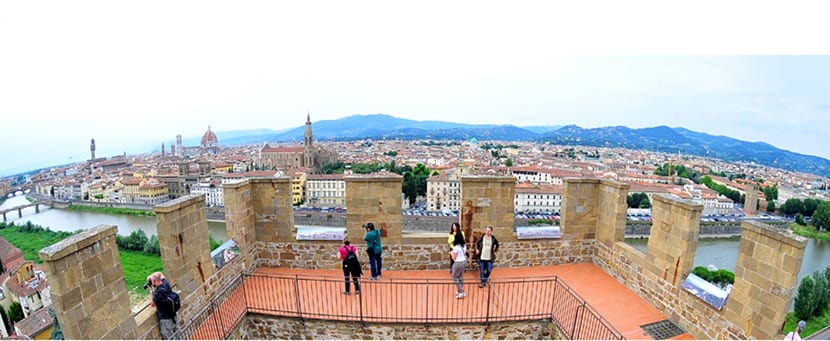
The first thing you see in Piazzale Michelangelo and around the urban layout and the Arno river. The north façade has an arch and six vertical windows and the south façade is more open, with three huge arches, one above the other. The tower reopened on June 24, being the first of Florence's towers to reopen this 2017 season.
Between June 24 and August 31 it will open every day from 5 to 8 pm. Then it will open all September between 4 and 7 pm. Guided tours are every half hour.
Tower of the Mint
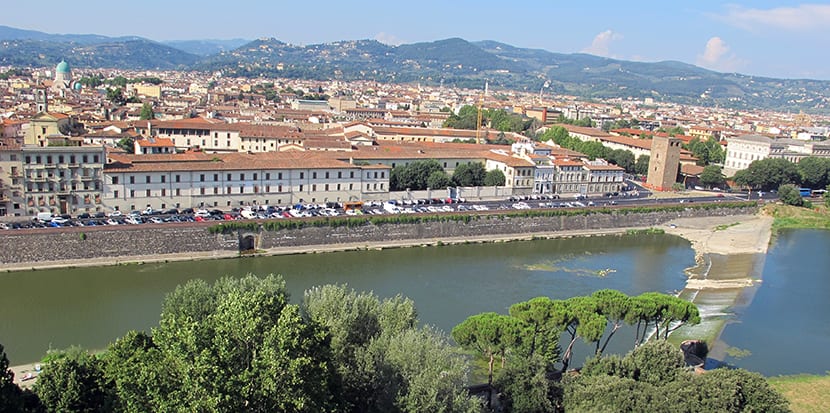
This tower is located near the river Arno and remember the place where the city minted its coins since the river water was used by the hammers that shaped the silver. This tower was also the last defensive tower in Florence on the eastern side of the city, a tower that centuries ago closed the walls.
It was built to protect the Ponte Reale, a bridge that would be built after a fierce flood devastated the city in 1333. But the truth is that the project was never completed and the tower was left without its bridge. Today she is even lonelier because she has been left in the middle of a street intersection in Piazza Piave. It was in 1532 that it was lowered in height to its current 25 meters.

That same year he joined the Old Fort Baluardo di Mongibello, ordered by Alessandro de'Medici to improve the city's defenses. Soon the tower began to be called The Zecca (Zecca refers to the minting of coins and that ultimately worked inside for a while). When you visit the tower today they tell you how the hammers raised by toothed wheels worked thanks to the river water that ran through tunnels and spaces below the tower.
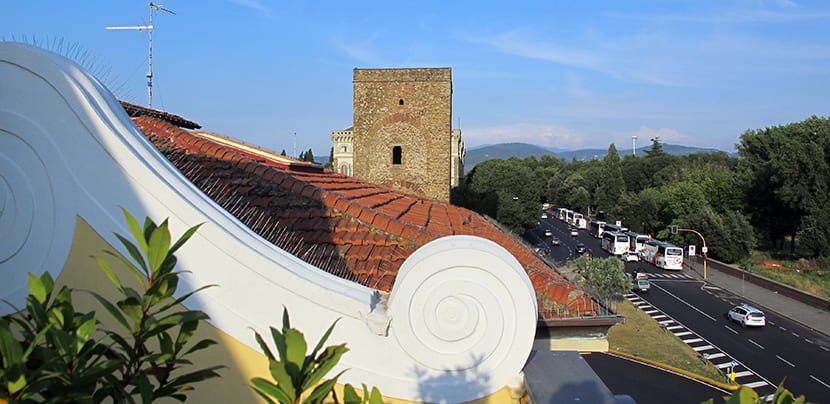
All the tunnels still exist but you cannot visit them, they only tell you about their function. And there is also a tunnel that connects the Torre della Zecca with the Porta San Niccolò that is always flooded and of course no one can visit. Anyway, what restoration works started in 2014 at a cost of 300 thousand euros and took 18 months so today we can see the tower as it looked centuries ago.
It first opened its doors last summer and of course, from above you have again 360 ° views of Florence. You go up and from the fourth floor you have the best views of the Palazzo Vecchio, the Synagogue, the Duomo or the Piazzale Michelangelo, for example. You find her in Piazza Piave and this year it opened on June 15 and will do it again on August 19 between 5 and 8 pm.
It will also open on September 16 from 4 to 7 pm and on October 14 from 3 to 6 pm with guided tours every half hour.
Baluardo to San Giorgio
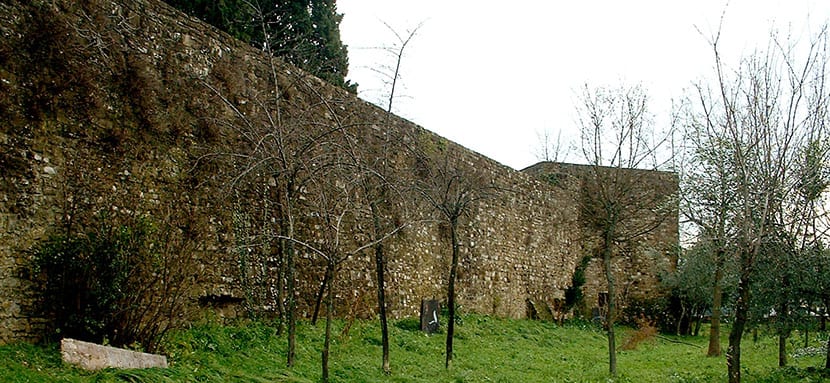
It is part of the historical defenses of Florence and it is a trapezoidal structure on the ramparts near Porta San Giorgio, in the southwest of the city. It was built by Cosimo I de Medici, Grand Duke of Tuscany, in 1544 on one of the ramps designed by Michelangelo Buonarroti that had been left from the site to the city in 1529.
The idea was to improve the defenses and that is why it formed a set with after constructions that have already disappeared but that had thick walls and artillery here and there. Today the place It is the headquarters of the Balestrieri Fiorentini, the men who participate in the Calcio Storico Fiorentino Procession dressed in medieval style, competing with each other in the Palio Festival.
The tower is open from July 8 to August 12 from 5 to 8 pm, and September 9 from 4 to 7 pm and on October 7, with guides every hour.
Porta Romana
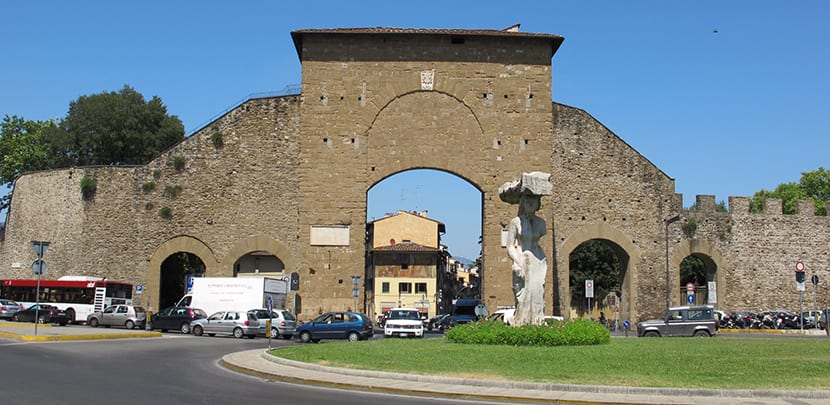
It is the south gate of the city and allows you to walk through a part of the medieval wall. It is in the Oltrarno district and stands at the crossroads of several streets. The old door had enough room for carriages and pedestrians passed through the side doors. The iron gates are still there and the same is the fresco with the Virgin and the saints.
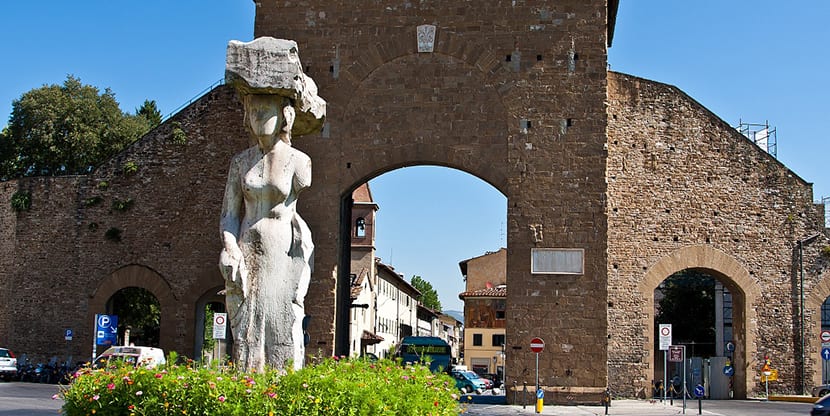
Inside are two marble plaques commemorating the entry into Florence of Pope Leo X, one, and the entry of Charles V, the other. Florence, like any medieval city, was always transforming and defenses were for a long time a subject that worried its rulers, so whenever the walls grew older buildings were lost. That is what happened with a church that was there since 1068 and was later replaced by another, currently standing.
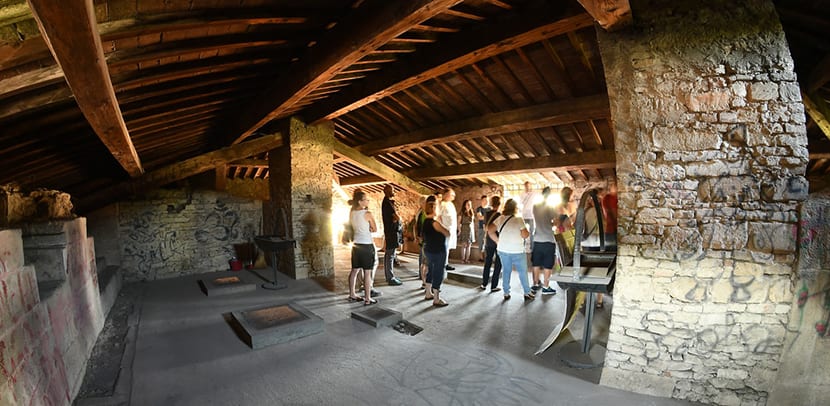
La Porta Romana opens four times a year Also: from July 22 to August 26 between 5 and 8 pm, on September 23 from 4 to 7 pm and on October 21 from 3 to 6 pm. Guided tours are every half hour.
It goes without saying that these four towers are not only picturesque for their stories and their antiquity: they offer us Fantastic panoramic views of an unforgettable city.